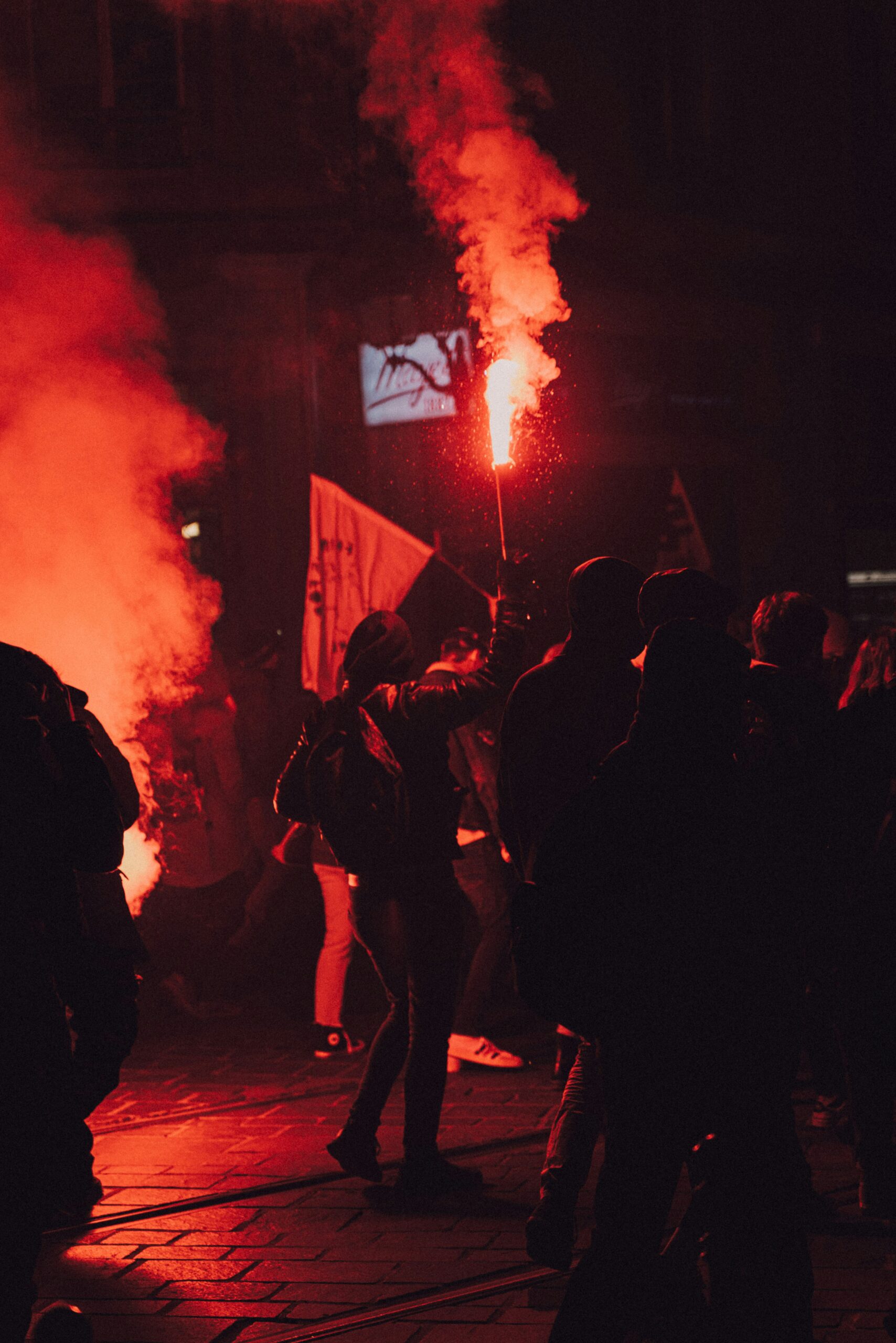
In a significant escalation of political unrest in Serbia, recent protests have devolved into violent clashes between opponents and supporters of the government. The demonstrations, aimed against President Aleksandar Vucic and his ruling party, have seen tensions soar as both factions confront each other with increasing hostility.
Key Facts
- Recent protests in Serbia have turned violent, involving clashes between government supporters and opponents.
- The demonstrations are centered around opposition to President Aleksandar Vucic and his ruling party.
Background
The protests in Serbia are part of a broader pattern of civil unrest that has been building over time. Opponents of President Vucic have criticized his administration for various issues, including perceived authoritarian tendencies and policy decisions that have polarized the public. The government, on the other hand, defends its actions as necessary for maintaining stability and economic growth in Serbia.
Timeline/What We Know
The recent protests are not isolated incidents but part of ongoing demonstrations that have intermittently erupted over the past months. These protests have progressively intensified, culminating in the recent outbreak of violence as rival groups directly clashed. This escalation highlights the deep divisions within Serbian society and the intense emotions surrounding the political discourse.
Official Reactions
The Serbian government has yet to release an official statement regarding the latest incidents of violence. However, the government’s stance in previous instances has been to call for calm and advocate for peaceful dialogue, even as criticisms of its approach to handling protests and dissent have persisted.
What’s Next
The situation remains fluid in Serbia, with potential for further unrest. Observers and stakeholders are calling for restraint and urging both sides to engage in dialogue to address the underlying issues fueling the protests. The international community is also watching closely, as the stability in Serbia has broader implications for the political and economic climate in the region.